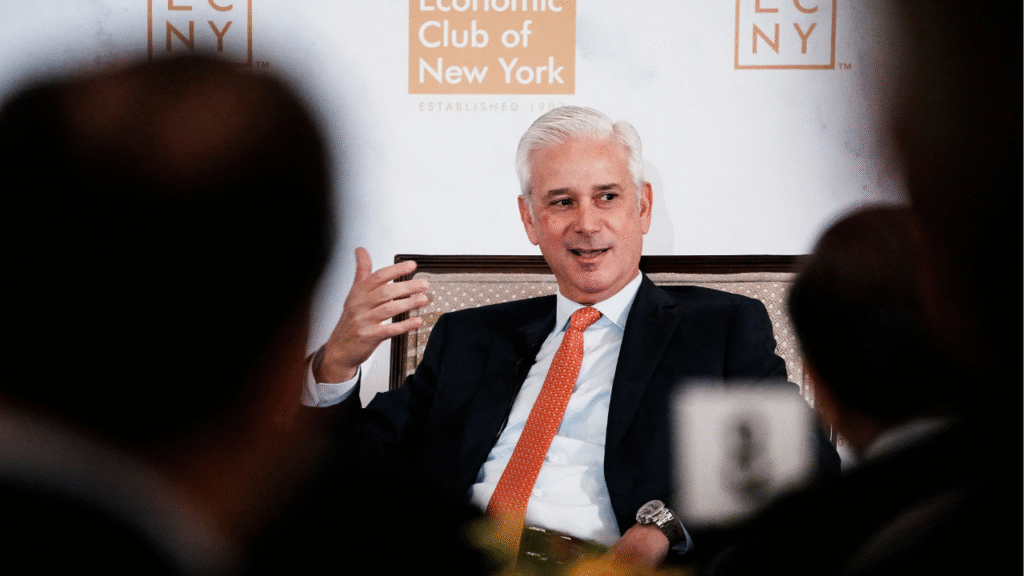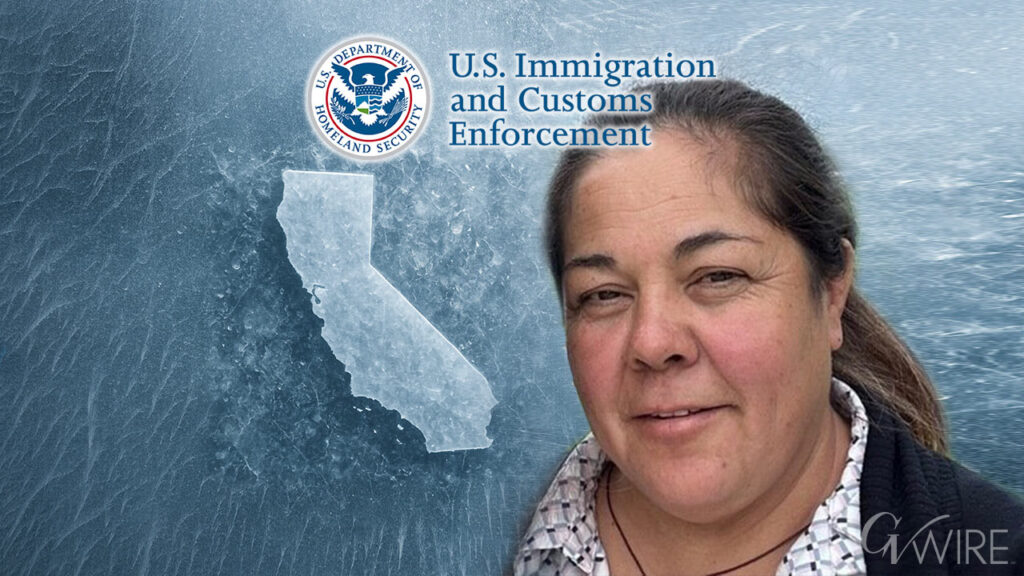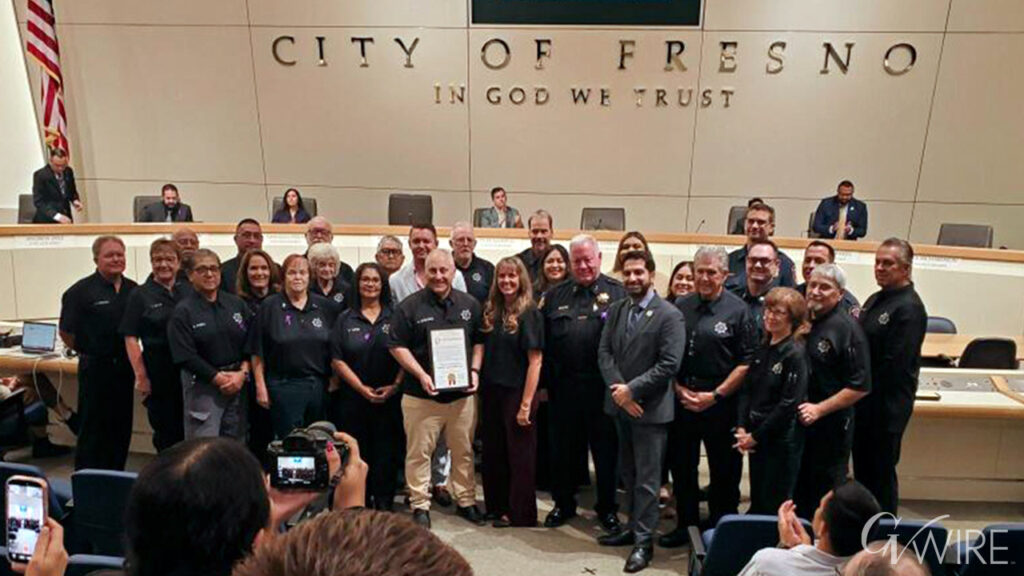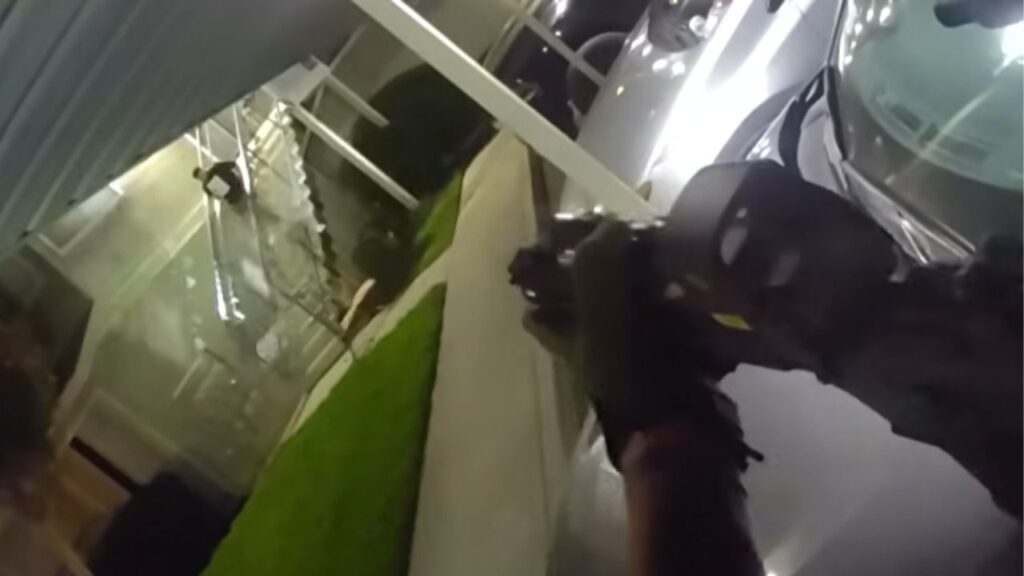Share
|
Getting your Trinity Audio player ready...
|
As California’s population exploded in the 1950s and 1960s – surpassing New York to become the nation’s most populous state in 1962 – its political leaders responded with sweeping plans to satisfy burgeoning demands for public services.
New freeway routes were plotted to carry millions of additional cars. State and local bond issues were drafted to build schools for the baby boom. New dams and canals were designed to increase water supplies. And, a master plan was written to unify California’s colleges and universities.

Dan Walters
CalMatters
Opinion
Six decades later, California’s population is nearly three times larger, but stalled at just under 40 million and has been declining slowly.
Many of those once-planned freeways never got past the planning stage, public school enrollment is declining, the California Water Plan has mostly been built (but still has a bottleneck in the Sacramento-San Joaquin Delta), and the much-vaunted Master Plan for Higher Education remains on the books but never achieved the seamless pathway to low-cost, universal student access it envisioned.
While the demand for higher education is huge, and while the state’s economy rests on having a highly trained and educated workforce, the state’s three collegiate systems – the University of California, California State University and more than 100 locally managed community colleges – remain more competitive than cooperative.
Squabbling Over Turf and Financing
If anything, friction among the systems has been increasing as they squabble over academic turf and compete for financing in a state budget that struggles to pay for all of its spending.
The 1960-vintage master plan, whose two political fathers were UC’s legendary president, Clark Kerr, and then-Gov. Pat Brown, delineated the roles that all three would play.
UC would be the state’s premier research institution while providing high-intensity undergraduate and graduate educations, with degrees up to doctorates. CSU would educate teachers, engineers and other professionals and offer both baccalaureate and master’s degrees. Community colleges would provide two-year associate degrees, prepare students for transfer to four-year schools and also offer job-oriented, sub-professional training.
Demands from students that outstripped supply and budgetary pressures have eroded the demarcation lines. Community colleges have begun offering some limited baccalaureate degrees, encountering stiff opposition from the state university system, while state universities have sought, with some success, to award doctorates, thereby encroaching on UC’s jealously guarded turf.
Virtually every legislative session is marked by at least one conflict over competing ambitions of the three levels. One current measure, Assembly Bill 656, which has passed the Assembly and is pending in the Senate, would give CSU broad new authority to award doctorates.
Meanwhile, there has been constant friction over the transfer of credits from one level to another, with community college graduates often frustrated about gaining admission to four-year schools, despite the master plan’s promise.
Although there’s an official goal of boosting the number of community college students transferring to four-year schools from 89,000 to more than 120,000 by 2022, a year later fewer than 100,000 were making the transition, CalMatters recently reported.
“Of the students enrolled in a community college in California who said they wanted to transfer to a four-year university, an average of 9.9% went on to enroll at a four-year institution in 2021, the most recent data available,” reporters Adam Echelman and Erica Yee found.
CSU is opposing a measure, Assembly Bill 1749, that would make transfers easier.
These two situations – competition for degree authority and the difficulty community college students face in transferring – indicate once again that the Master Plan for Higher Education is broken. If it’s worthwhile having such a plan, it should be worthwhile to make it relevant to 21st-century realities, not 1960s theories.
About the Author
Dan Walters has been a journalist for nearly 60 years, spending all but a few of those years working for California newspapers. He began his professional career in 1960, at age 16, at the Humboldt Times. CalMatters is a public interest journalism venture committed to explaining how California’s state Capitol works and why it matters. For more columns by Dan Walters, go to calmatters.org/commentary.
Make Your Voice Heard
GV Wire encourages vigorous debate from people and organizations on local, state, and national issues. Submit your op-ed to rreed@gvwire.com for consideration.



















